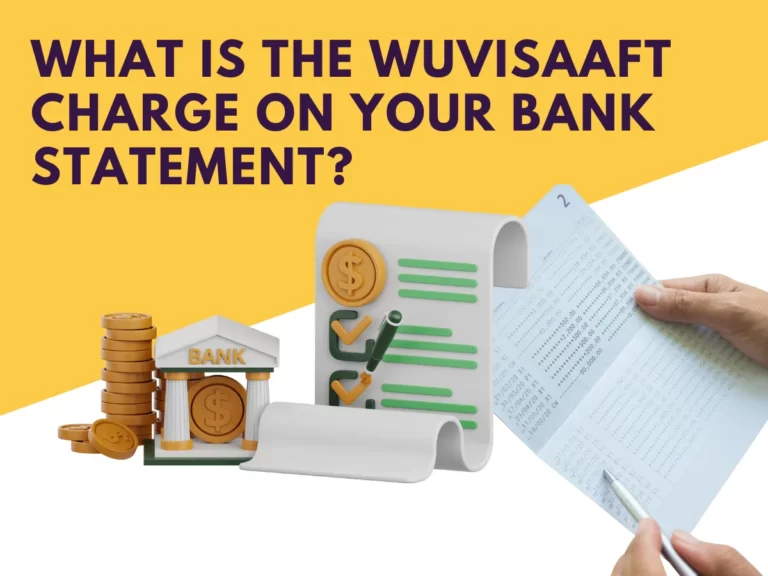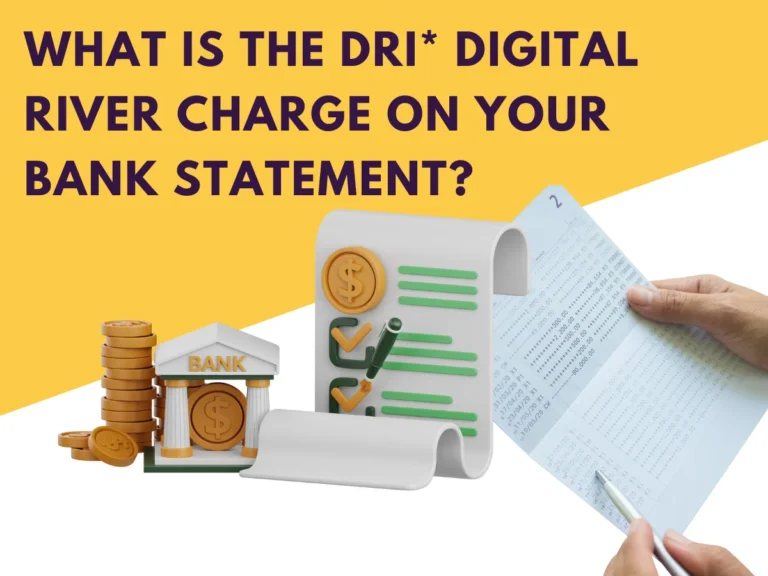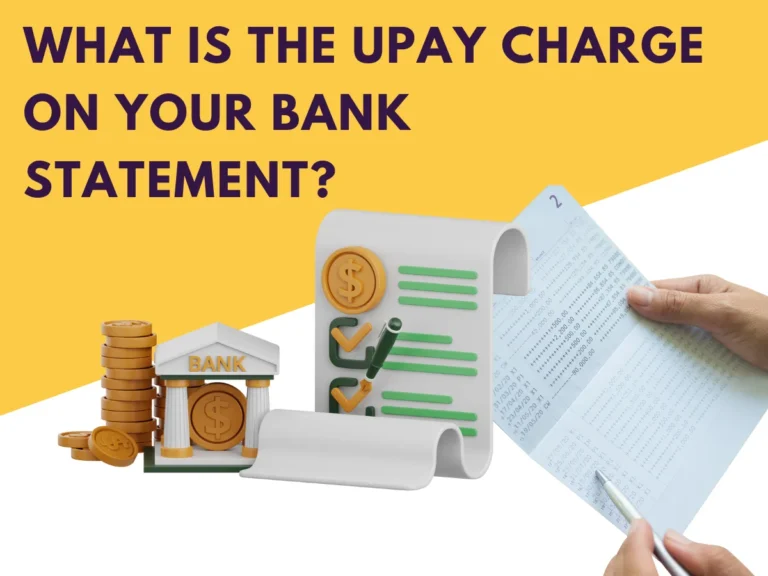Why a Separate Savings Account Is a Smart Move
Managing money can get messy when everything goes in and out of one place. A single checking account may seem convenient, but it often makes it harder to keep savings separate from everyday spending. You might think you’re saving, until you realize the balance you planned to keep is already gone.
This is one of the most common issues people face when trying to get their finances under control. Without a clear space set aside for savings, there’s no visual or mental separation between what you want to save and what you’re free to spend.
Creating a separate savings account gives your financial goals their own place. It’s a simple step, but it can make a big difference in how consistent you stay with saving money. When you treat savings as something that belongs in its own space, it starts to feel more permanent.
Give Your Savings a Clear Home
One of the most effective ways to stop spending money meant for savings is to keep it out of your spending account altogether. A separate savings account draws that line. You know what the money is for, and you’re less likely to touch it for random purchases.
Having a designated place also makes progress easier to track. When you check your banking app, it’s clear how close you are to your goals—whether that’s $500 for emergencies or $2,000 for a vacation. The balance doesn’t get lost in a sea of daily transactions.
Many people try to build savings habits using physical cash or temporary systems. These approaches can be helpful for getting started. For example, the 100 Day Envelope challenge is a simple way to build the habit of setting aside small amounts daily. While this method uses physical envelopes and cash, the concept works well with a savings account, too. It’s about making regular deposits and seeing your progress stack up.
Once you’re used to the rhythm of setting money aside, moving from a physical method to a digital one can feel natural. A savings account gives you the same structure, with less hassle and more security.
Giving your savings a clear home, whether you’re starting from $1 or $100, makes the process feel more intentional. It’s no longer just “leftover” money at the end of the month. It becomes a goal you’re working toward, with a clear place to store what you’ve set aside.
Automate to Make Saving Easier
Building momentum with saving is easier when you remove the need to think about it every time. That’s where automation comes in. Most banks and apps let you set up automatic transfers from your checking to savings. This can happen every payday or once a week, whatever fits your routine.
Even small amounts add up. A $10 transfer each week turns into $520 in a year. And when that money lives in a separate account, it doesn’t disappear into your regular spending flow. You see the results without having to constantly manage them.
Stay Focused on Your Financial Goals
One of the biggest advantages of having a separate savings account is that it keeps your goals front and center. Whether you’re saving for a car, emergency fund, or holiday expenses, it helps to see the money growing in a space that’s meant for one purpose.
Many banks allow you to nickname your account. Something like “Trip to Italy” or “Emergency Fund” gives meaning to the balance you’re building. It’s a small change, but it helps reinforce the reason behind each deposit.
This also creates a sense of progress. Watching your savings rise in a dedicated account feels more rewarding than watching it get buried under a pile of grocery runs, subscription charges, and bills in your checking account.
When goals are clear, you’re less likely to dip into the money for everyday spending. A separate savings account helps you treat that money as off-limits—something that’s growing for a reason.
Keep It Out of Sight, Out of Reach
Another benefit of using a separate savings account is that it can help you stay disciplined without constant effort. Keeping your savings in a different place, especially at a different bank, can make you think twice before spending it.
If you check your main account daily, it’s tempting to use what’s sitting there. But if your savings account isn’t linked directly to your debit card or doesn’t show up in your main dashboard, that temptation fades.
Some people choose online banks for this very reason. These banks often have fewer features tied to spending, which makes it easier to use them just for saving. It creates space between you and your goals in a way that helps you stick to them.
The point isn’t to make your money unreachable. It’s about creating just enough friction to help you pause before using it. That moment of pause can stop a short-term decision from undoing months of effort.
Use Savings Tools That Match Your Style
Not all savings accounts work the same way. Look for one that fits your habits and needs. Some accounts round up your purchases and move the extra cents to your savings. Others allow you to create small buckets within one account, making it easier to track different goals.
If you’re someone who likes to see immediate feedback, consider banks that offer visual progress bars or savings trackers. These tools can keep you motivated and make the process feel more rewarding.
Stick with an account that has no monthly fees and doesn’t require a high balance. The point is to build a habit, not to feel pressure about keeping a certain number in your account. Flexibility matters when you’re just starting or juggling multiple priorities.
The key is to find a system that makes saving feel simple and natural. The less effort it takes, the more likely you are to keep doing it.
A separate savings account doesn’t just help you manage money; it helps you build better habits. It gives your goals structure, your money direction, and your mind a little peace. Whether you’re saving for something small or something major, having a place just for that purpose helps you stay on track. The habit starts small, but the impact adds up.






